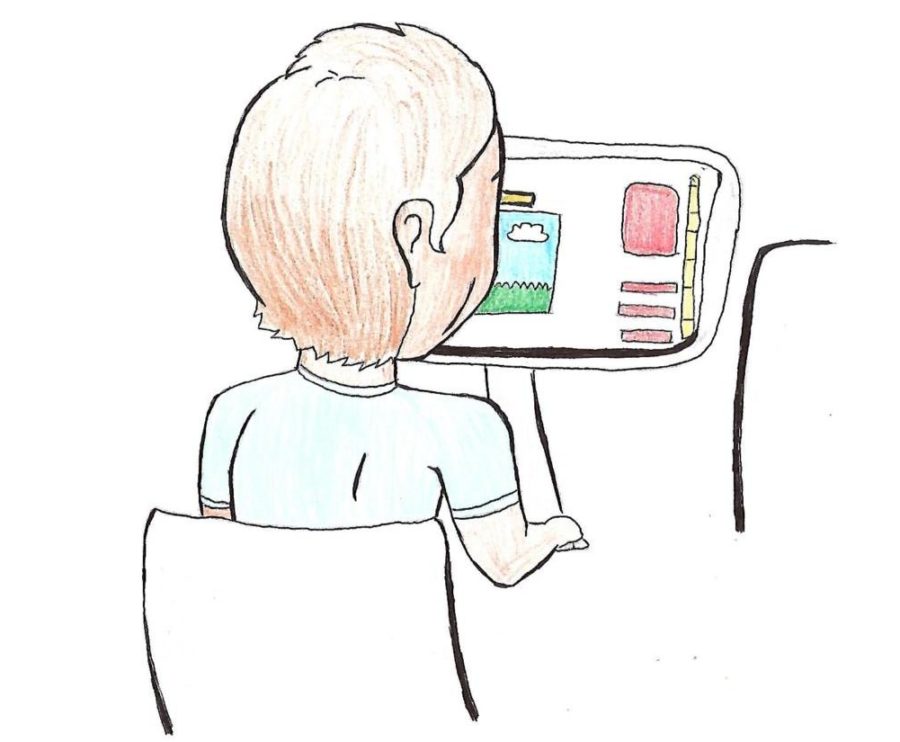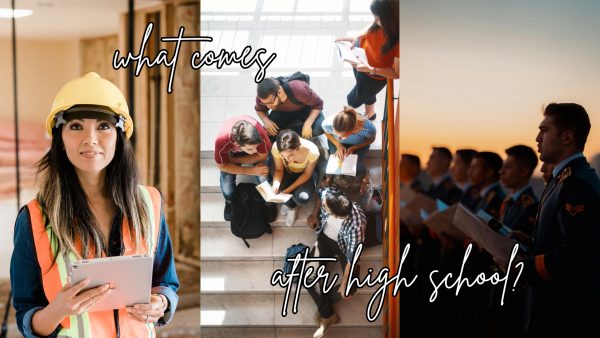Gamification and the Future of Education
Picture by Tiffany Piedrasanta
For years, the two colossal worlds of “gaming” and “education” never acquired a positive relationship. Parents and teachers alike have complained that students are not performing to their best of their abilities due to these online “menaces.” When looking into the issue, this belief is justified. Video games tend to take hours of valuable time from students which can be better used to aid them academically. Not only that, but they also distract and spoil the minds of young individuals. Despite these cons, video games still do prove to be valuable assets. They allow for the mind to recover after stressful situations and are a great source of entertainment.
Though gaming and education can initially seem like oil and water, this relationship is starting to improve, especially in recent years. Video game companies and education institutions have ventured into the possibility of intertwining the two worlds to enhance students’ academic experience. This will be done through the process of gamification, a method of integrating game mechanics into everyday lessons or actions. Gamification has been hailed by many as the future of education due to its success in increasing motivation, participation, and engagement. Despite claims that gamification is an inefficient and costly method of teaching, there are many reasons to believe it will not be long before this will become conventional in all schools.
Critics of gamified learning complain that the introduction of video games into lessons will decrease the attention span of students. According to their beliefs, children will become accustomed to fast paced, immediate feedback, and frustration will ensue once they find out that this is not the case in real life. The truth is, however, that the right games provide a step-by-step process to teach lessons that make sure students gradually and comprehensively acquire knowledge. As opposed to traditional teaching, students are also three times more likely to be engaged in their lessons through online games. They will get into the habit of being focused on academically relevant content and will benefit from this throughout their lives.
Boredom has always been an issue among students when it comes to academics. Students are often confronted with hour-long lectures or uninteresting Powerpoint presentations, resulting in disengagement from lessons and no acquired information. This is also the case when students are in classes with subjects of which they are not entirely fond. Those who oppose gamified learning argue that despite the dissatisfaction of students, conventional learning is the most direct and fundamental method of teaching.
In spite of this, the reality is that the added excitement for games allows for a better grasp of knowledge. Kids become passionate and competitive while playing the games and building the enthusiasm to learn through this way. A study was done in multiple East Coast schools where students were accustomed to gamified lessons versus traditional lessons. Those who learned through games averaged significantly better scores in their unit exam, displaying how the added distractions do not take away from the knowledge students are more easily able to grasp.
One final common, but overlooked, asset of gamified classrooms is that students can easily interact with their classmates. In high school, it is common for students to have trouble mingling with others in their classes. Some claim that group activities may aid in this issue, but the reality is that the awkward and abrupt pairing is not the best way for friendships to be formed. However, in a gamified learning environment, competitions that require group collaboration can be more motivating and much less awkward. The added desire to work together paired with the relatability of the online activity only benefits social interaction.
Gamification of classrooms is the future of education. There are so many worthwhile benefits that definitely outweigh the impending costs. Maybe it is time that our school starts to move on from its traditional ways and explores this exciting new approach to education.

Hello! My name is Pranesh Kumar, and I am a Copy Editor for the QHHS Ubiquity Virtual Edition. As a fourth-year student of Journalism and an IB Senior,...








